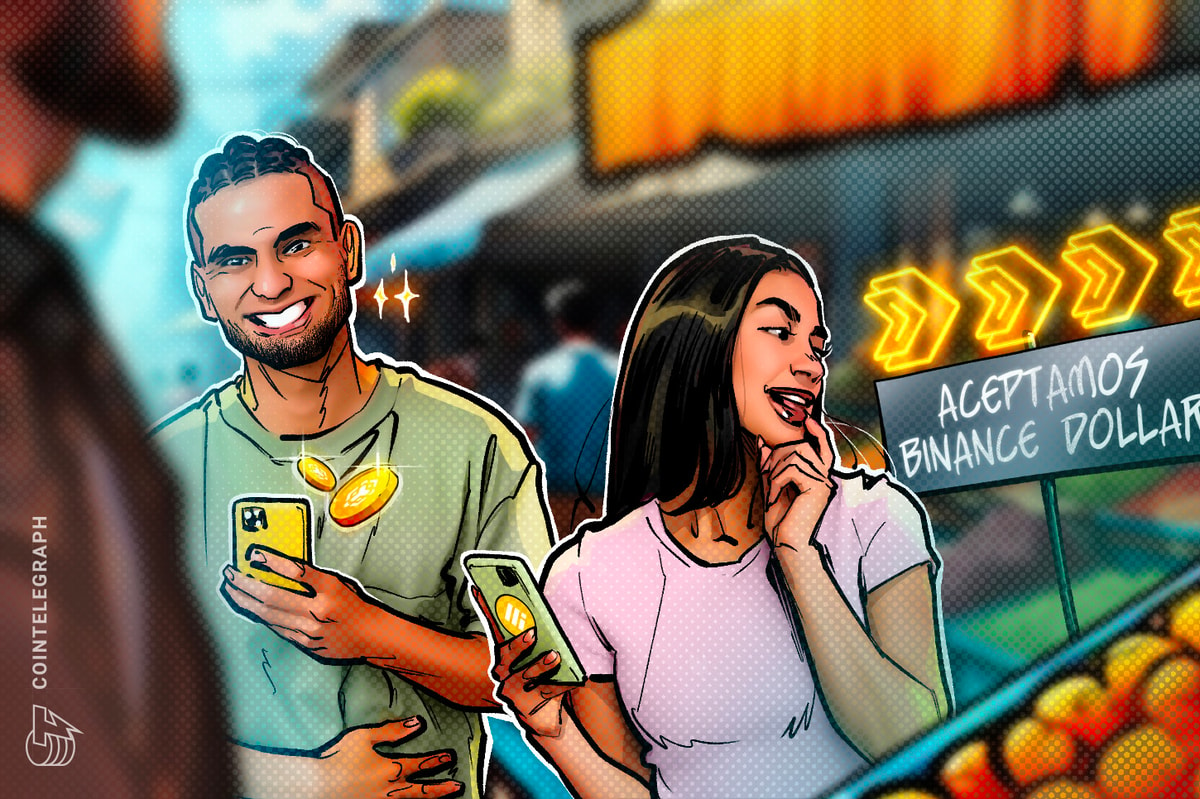
"With inflation at 229%, daily prices in Venezuela are set in USDT Binance dollars, usually at live P2P rates. Three dollar rates exist (official, parallel and P2P), but merchants mostly follow the P2P quote. The government tolerates dollar-backed crypto in exchanges, though it hasn't legalized dollarization. Venezuela is a global crypto hotspot: Stablecoins dominate small transfers, mostly via TRC-20 USDT. In Caracas, receipts now often show totals in Binance dollars because pricing has moved off the Venezuelan bolivar and onto the blockchain."
"With annual inflation around 229% as of May 2025, everyday prices track three references: the central bank of Venezuela's (BCV) exchange rate, the parallel dolar negro and a Tether USDt (USDT) peer-to-peer (P2P) rate many merchants actually use. Gaps between them persist due to capital controls, thin or separate liquidity pools and periodic interventions. To avoid constant repricing in bolivars, now merchants quote, settle or reconcile in USDT. That's basically dollarization built on stablecoins rather than cash."
"What are Binance dollars? Locally, dolares Binance means USDT priced and settled on P2P markets (most visibly, Binance P2P). For shops, freelancers and building administrators, that P2P quote acts as both the day's reference price and the payment infrastructure. Other apps and over-the-counter (OTC) desks exist, but deep USDT liquidity keeps this benchmark dominant. Transfers are usually on Tron (TRC-20): fees are minimal, wallets are widespread, and digital dollars are easier to source and pass around than scarce paper USD (especially for small, frequent payments)."
Inflation in Venezuela reached roughly 229% annually by May 2025, making bolivar pricing impractical. Merchants, shops, freelancers and building administrators increasingly quote, settle and reconcile in USDT, typically using Binance P2P rates as the daily reference. Three dollar rates coexist—the central bank's, a parallel 'dolar negro' and a P2P USDT rate—with merchants favoring P2P due to deep USDT liquidity and minimal TRC-20 fees. Transfers mainly use TRC-20 USDT for low fees and widespread wallets. The government tolerates exchange use of dollar-backed crypto without formally legalizing dollarization. This practice functions as dollarization on stablecoins rather than physical dollars.
Read at cointelegraph.com
Unable to calculate read time
Collection
[
|
...
]